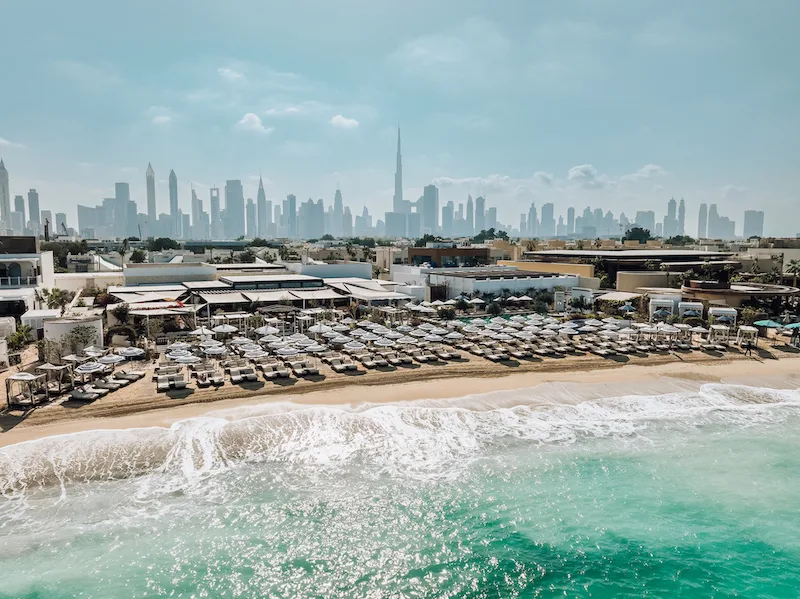The exhibition Mapping the Tube: 1863-2023 at The Map House in London shows the evolution of one of Britain’s top 10 design icons: the London Tube map. Today it is the template for other subterranean railway systems worldwide and is famous as an archetypal example of information abstraction where what the traveller needs to know is reduced to the bare essentials.
Although there were earlier attempts to simplify the map for the burgeoning London Underground system, most notably by MacDonald Gill and Fred Stingemore (Beck’s predecessor), it was Beck who realised that for passengers, the physical location of the stations in terms of the surface geography was inconsequential; they only needed to know which lines to travel on, and where, if necessary, they needed to change.
In 1931, Beck created the first diagrammatic London Underground map while being laid off from the Signalling Department for the Underground Electric Railways of London. While drawing an electrical circuit diagram he realised a map could be drawn that was based upon the same schematic in which all the stations were more-or-less equally spaced using straight lines of different colours, with 45-degree angles. Although Beck’s design was initially rejected, the Publicity Office of London Transport eventually changed its mind, and the map was first issued as a pocket edition in January 1933. Immediately popular, the Underground has used many variations to illustrate the network ever since.


Left, Harry Beck with his London Underground schematic from 1963, shortly before he would give up on his lawsuit concerning the proprietary rights over the Tube map. Right, annotated unpublished proof of Harry Beck’s 1933 first edition Tube Map, Harry Beck, 1932. Courtesy of The Map House.
Beck had a fractured relationship with the London Underground throughout his career. He was reportedly paid just five guineas for the map (around £20 in today’s money) and 10 guineas for the card edition. Understandably, he tried to regain control threatening legal action, but 1965 he abandoned the attempt. Posthumously, in 1997, his importance was recognised, with a citation statement now printed on every London Underground map.


Marlboro Road (Marlborough) Tube station in 1933 (left) and today (right). Closed in 1939-40 when a new stretch of the Bakerloo opened, it now operates as a nondescript power substation to support Metropolitan line trains.
What makes the exhibition so captivating, especially for Londoners, is the range and extent of variations in the Tube map over the decades since its initiation. There are lost names and forgotten stations, such as Mark Lane or Marlboro Road. The exhibition includes some of the most significant Beck manuscripts, where some were the result of gifts to his friend and biographer Ken Garland, and the first time they have been seen outside of private collections.


Left, the Wonderground Map of London, Macdonald Gill, 1914. Courtesy of The Map House. Right, The Londoner’s Transport Throughout the Ages, R.T. Cooper, 1928. Courtesy of The Map House.
The highlight is arguably a one-of-a-kind draft copy of Harry Beck’s first Underground map, annotated by Beck and Stingemore, which highlights some of the tricky design questions he had to overcome, such as whether to use the official name of Willesden Junction (New Station) or stick with a simplified Willesden Junction. There is also an exceedingly rare 1st Edition Underground poster map (1933), of which only five copies – of the original 2,000 – are known to still exist, along with a unique, unfinished sketch from 1950, drawn in coloured pencil, showing a proposed new layout for the District Line to Richmond, where the station Walham Green has been changed to its current name: Fulham Broadway.

Unfinished sketch showing a proposed new layout for the District Line branch to Richmond, Harry Beck, 1950. Courtesy of The Map House (cropped from the original).
The exhibition is a fascinating insight into the evolution of London through a single stylised map of its underground rail network, and the triumph of distinctive and innovative cartographic design.
Mapping the Tube: 1863-2023
The Map House, 54 Beauchamp Place, Knightsbridge, London, SW3 1NY.
Monday – Friday, 10:30 am – 6 pm; Saturday, 10.30 am – 5 pm. Until 30th November 2024.
Author: Andrew Hildreth
Leading image: Cropped lower section of Beck’s First Edition Double-Crown Tube Map, Harry Beck, August 1933. Courtesy of The Map House.

















Show Comments +